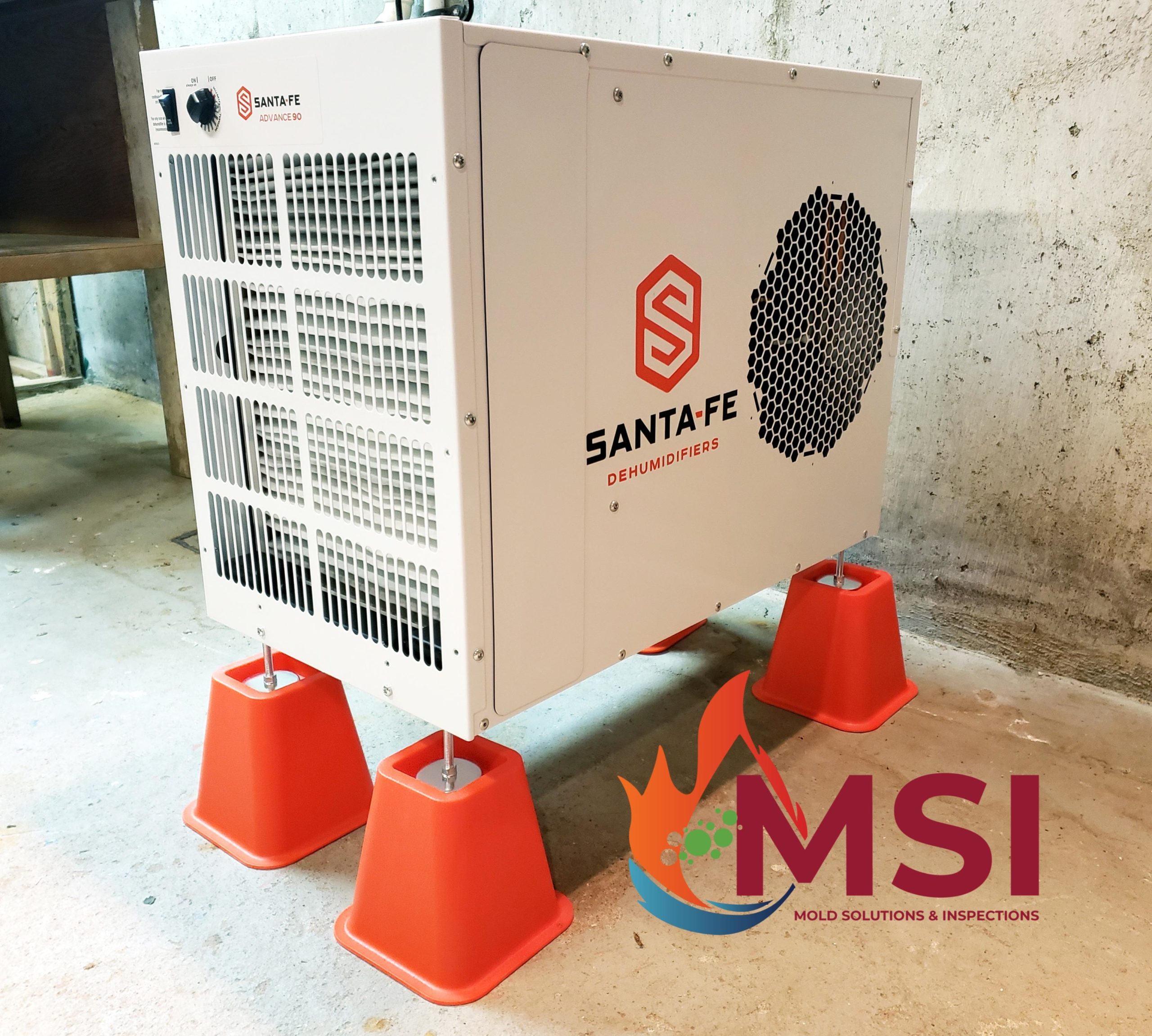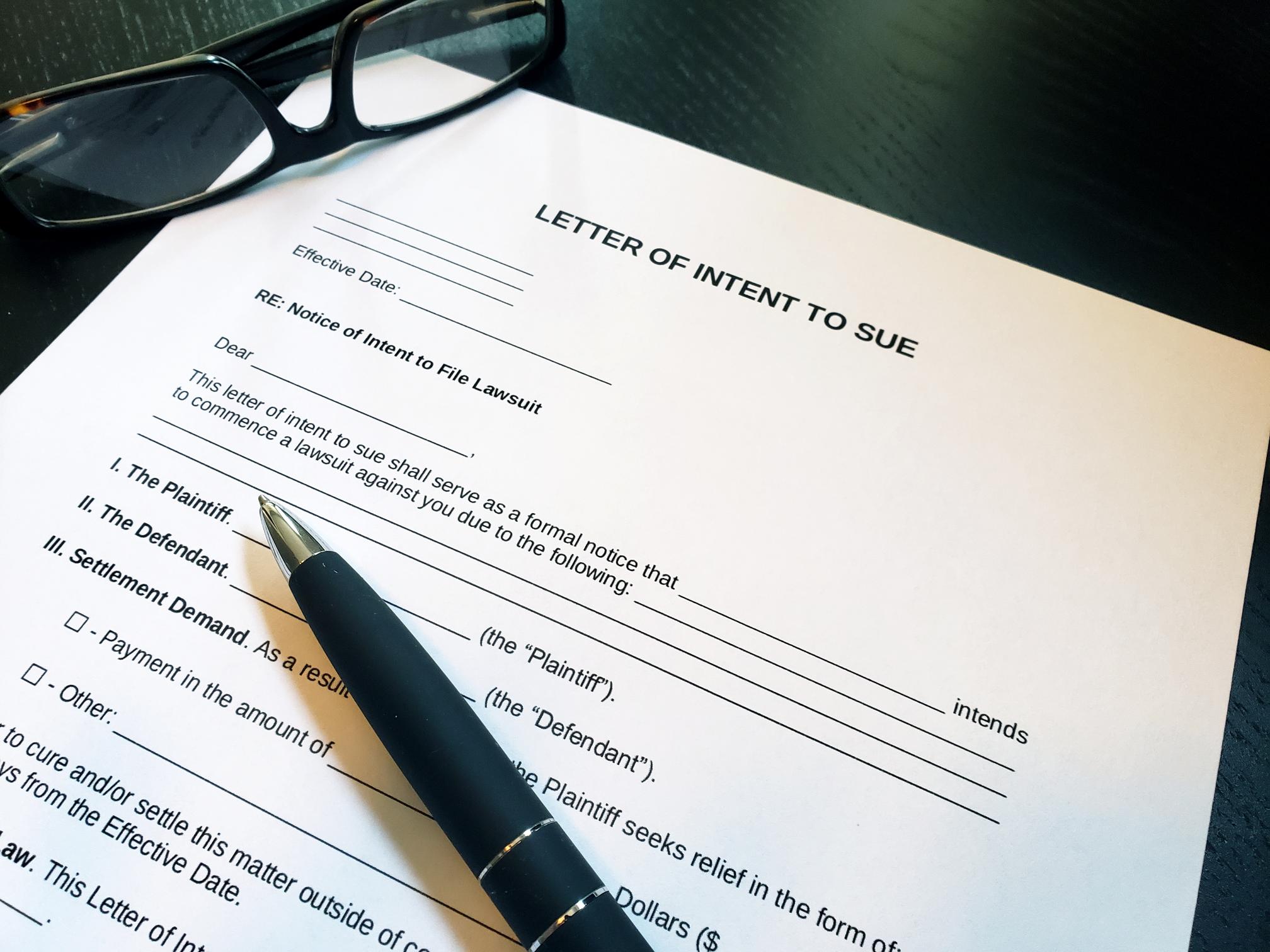Some of the tools that we use to aid us in the drying process will be discussed in this session. We will try to familiarize you with some of the equipment we use on the job, so you have a better understanding of the drying process. The essential tools of restorative drying are air movers and dehumidifiers. Air movers are basically high powered and energy efficient fans.
High velocity air movers are commonly whistle shaped fans that are used for surface, subsurface and cavity drying situations.
Axial fans, which are larger fans, are specifically designed for blowing air across flat surfaces such as long walls and flooring. High pressure axial air movers are optimized for ventilation of air from an enclosed area like a crawlspace.
Inter-Air fans are optimized for the ventilation of small or tight air spaces such as cabinets and hardwood floors.
There are several different types of attachments or adapters that can be used on such fans as well to aid the drying process more effectively. Adapters can be used to dry out wall cavities, while other adapters can be used to dry out hardwood flooring and inside cabinets.
Air movers are placed in such a way as to maximize the evaporation rates of all affected surfaces. Therefore, enough air movers must be installed to create airflow across every affected surface. The number of air movers necessary depends upon the number of wet surfaces, the amount of water present, and the ability for air to reach each wet material. In a Class 2 or Class 3 water loss, air movers are placed every 10 to 16 lineal feet along the wall. Air Movers are directed toward the wall at a 15 to 45 degree angle, depending upon the type of air mover. The Air Mover snout will almost touch the wall, which means within an inch of the wall but not rubbing.
Another vital piece of equipment in structural drying in a dehumidifier. Being much larger than home models typically sold at department and hardware stores, Dehumidifiers reduce the moisture content of the air. The balanced drying system is achieved when the rate of dehumidification is greater than or equal to the rate of evaporation. There are three different types of dehumidifiers commonly used.
Conventional Refrigerant’s are the most basic portable dehumidifiers in the restoration industry. They remove water from the air through condensation. Conventional refrigerant dehumidifiers operating in ideal conditions are effective in lowering high humidity to a safe level of approximately 40% relative humidity, or 55 grains per pound.
Low Grain Refrigerants are much more efficient than conventional dehumidifiers in most drying situations. LGR’s will continue to remove vapor down to 34 grains per pound.
Desiccant Dehumidifiers utilize chemical attraction instead of condensation to remove water from the air. But these units are used more for drying dense materials such as hardwood floors, plaster and lath walls. Desiccants do not collect water in a pan, instead they use damp reactivation air, which must be vented outside the structure.
Placing the right number of dehumidifiers helps ensure that the indoor humidity does not linger above 60% relative humidity for any length of time, and is brought down to 40% relative humidity or lower within 24 hours. A restoration contractor must be aware of volume of air, classification of water loss, dehumidifier factor table and the capacity of the dehumidifier. Simply placing a few fans and a dehumidifier in a water loss situation will not automatically translate into a dry home. Mold growth and significant material loss will occur if the structure is not done right, and done quickly.
Visit our website at biowashing.com
Follow us on Twitter at https://twitter.com/MoldSolutions








